The sheer scale of the carnage which was wreaked on some incredible motors during the 2009 car scrappage scheme has been exposed in a recent document that has been generated by the Department for Business, Innovation and Skills (BIS). The record was made public in response to a Freedom Of Information claim and it makes for sorry reading when you discover what vehicles have been lost.
The list is a complete breakdown of the makes and models of all of the 392,227 cars that ended up going to the scrap yard in return for a £2,000 discount off the purchase of a new car. Many car enthusiasts might look at the list and notice that some of the vehicles would have made much more money for the owner if they had sold the vehicles on the open market. Vehicles such as the BMW 2002
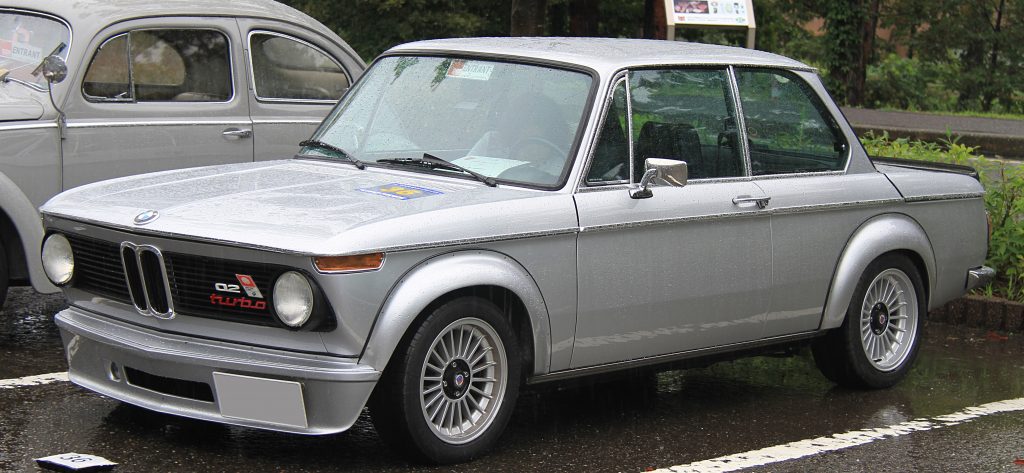
Audi Quattro 20V
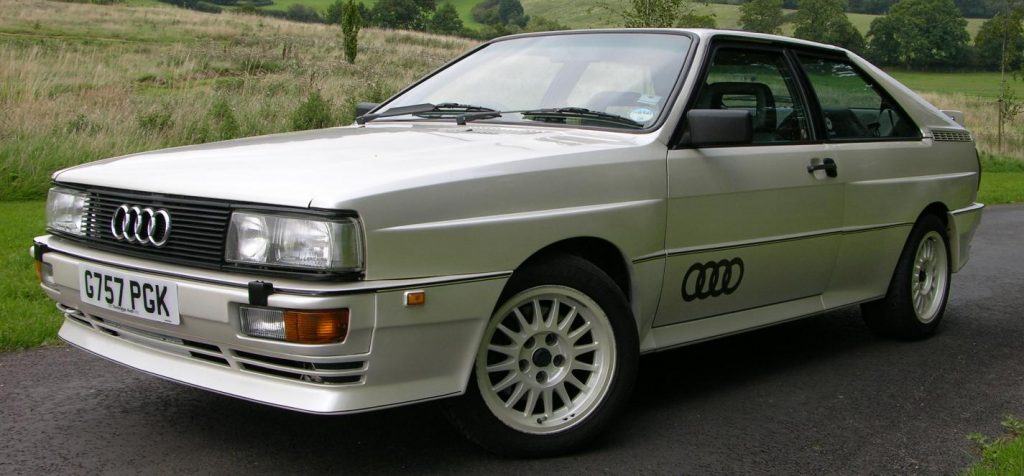
And Morgan 4/4 Convertible
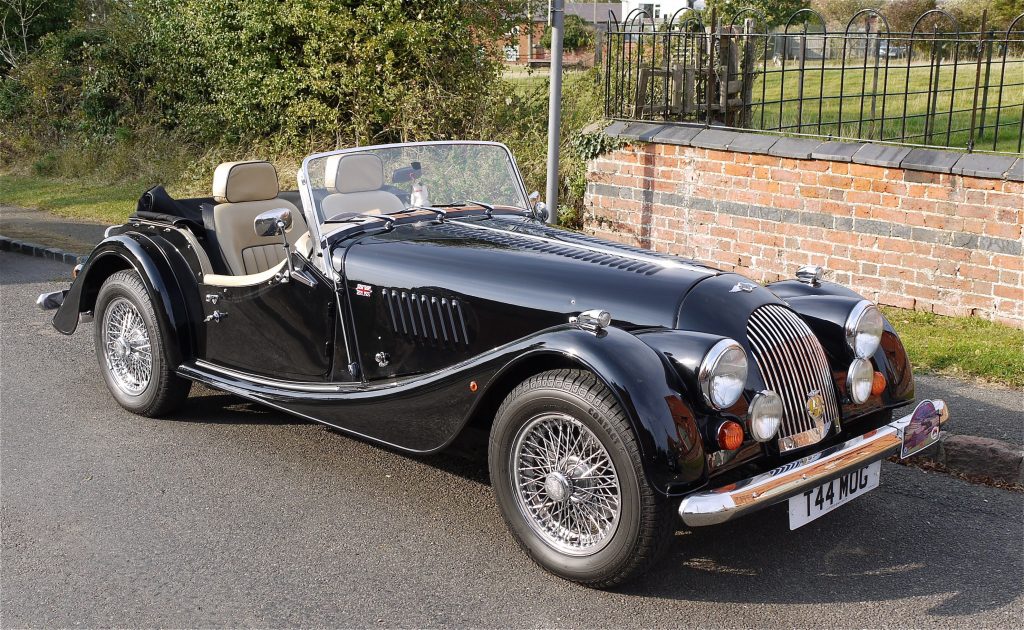
All appear on the list and as all cars submitted to the scrappage scheme had to have a current MOT, they were in theory still roadworthy. Plus with all vehicle owners wishing to take part in the scheme being required to have owned the vehicle for a year, it’s hard to believe that so many enthusiasts chose to destroy a vehicle they must have loved at some stage, through the scheme. When calculating which vehicles ended their days at the scrap yard, you can see that 101 Porsche‘s bit the dust, which were split between 944’s and 924’s and three 928’s. Other wonderful cars which were scrapped included;
A Triumph Dolomite Sprint
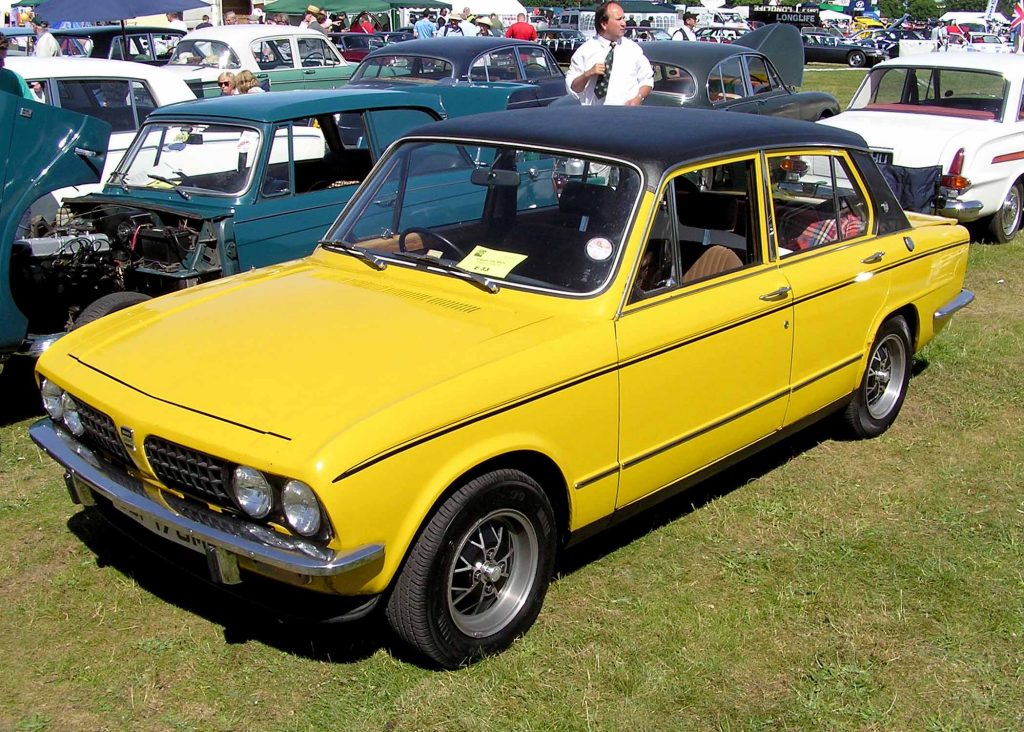
Nine Triumph Spitfires
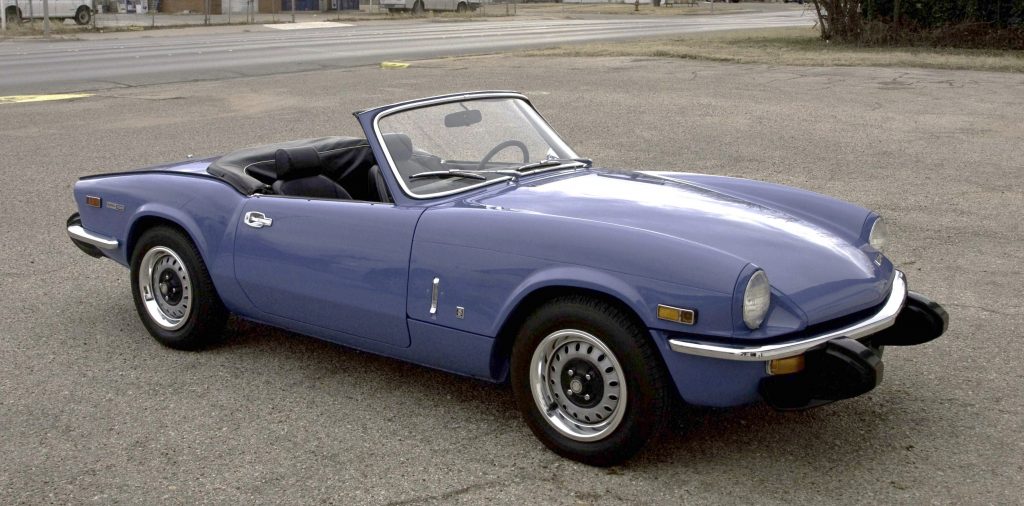
and a number of MG Midgets
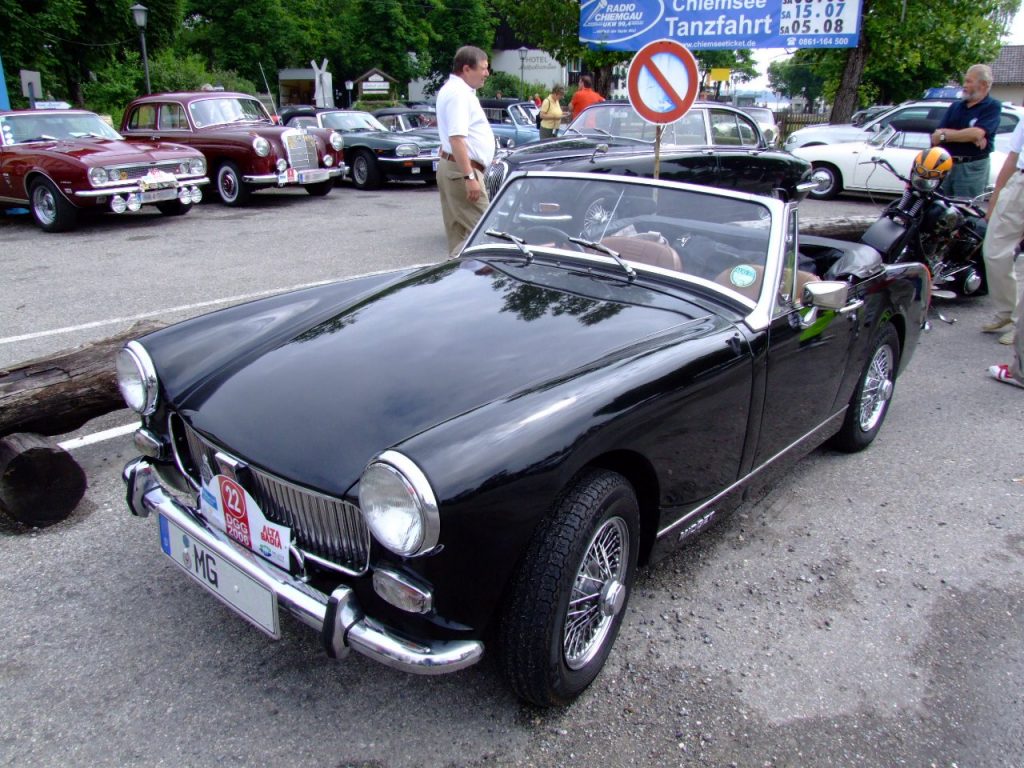
There were also 731 Jaguars destroyed
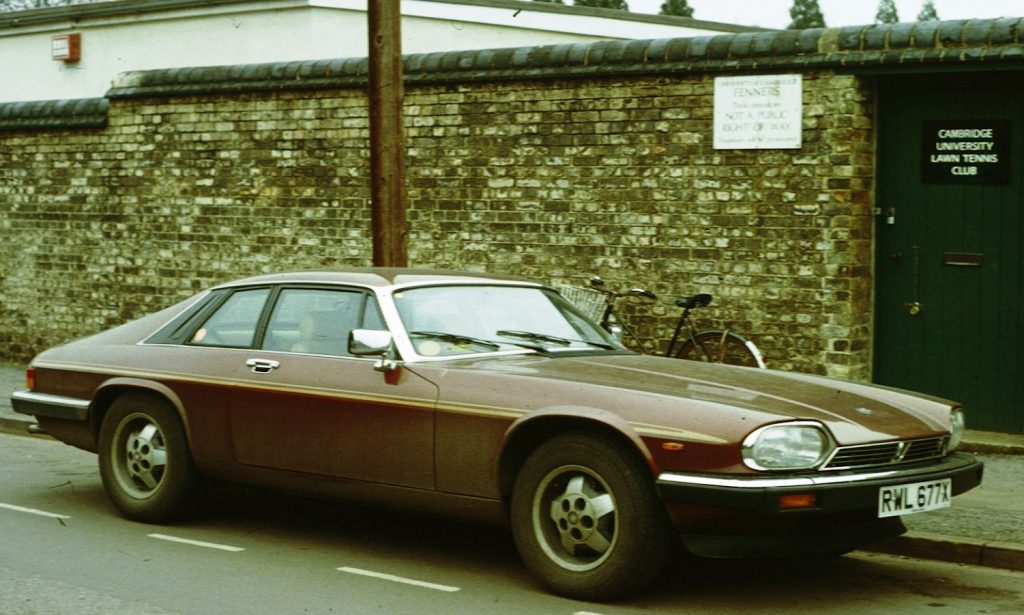
Which included 45 of the above Jaguar XJS’s. The scheme also saw the quickened downfall of some unpopular vehicles such as;
The Skoda 130
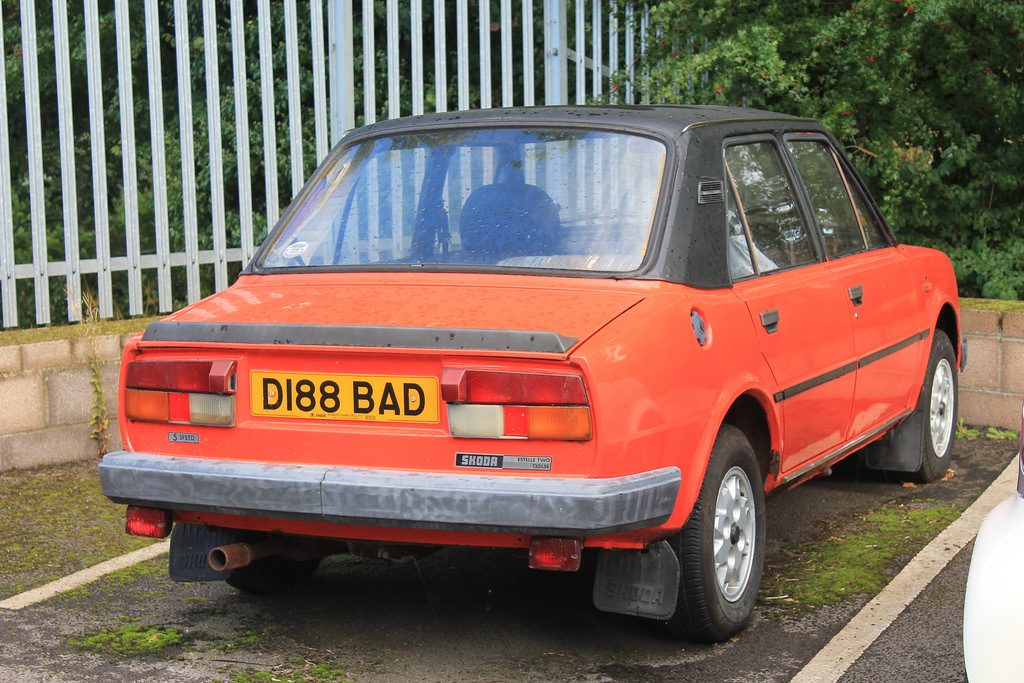
The Peugeot 505 GTI Family
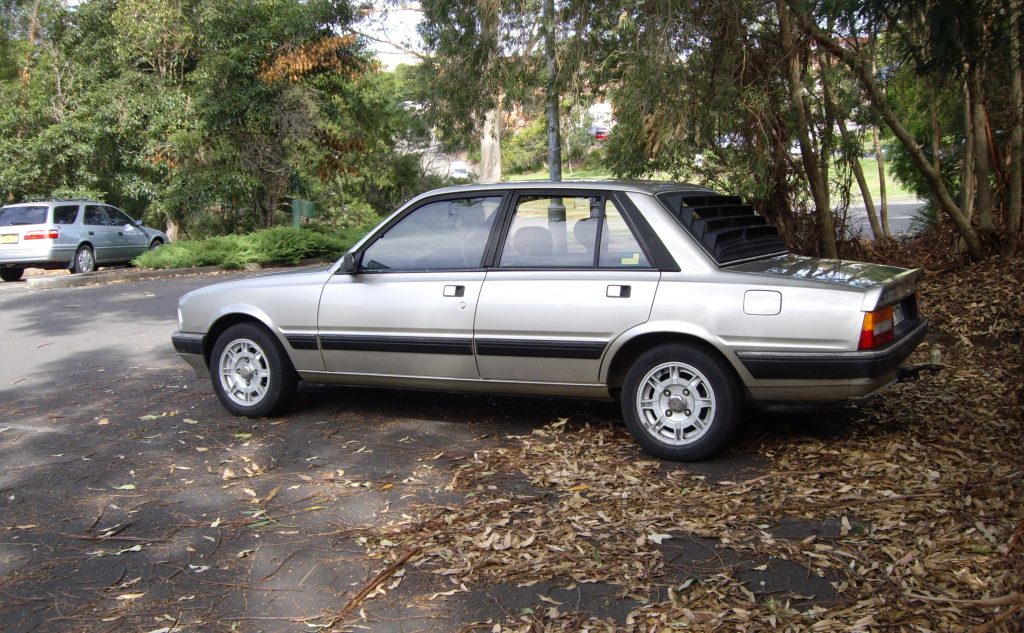
And the Mitsubishi Tredia
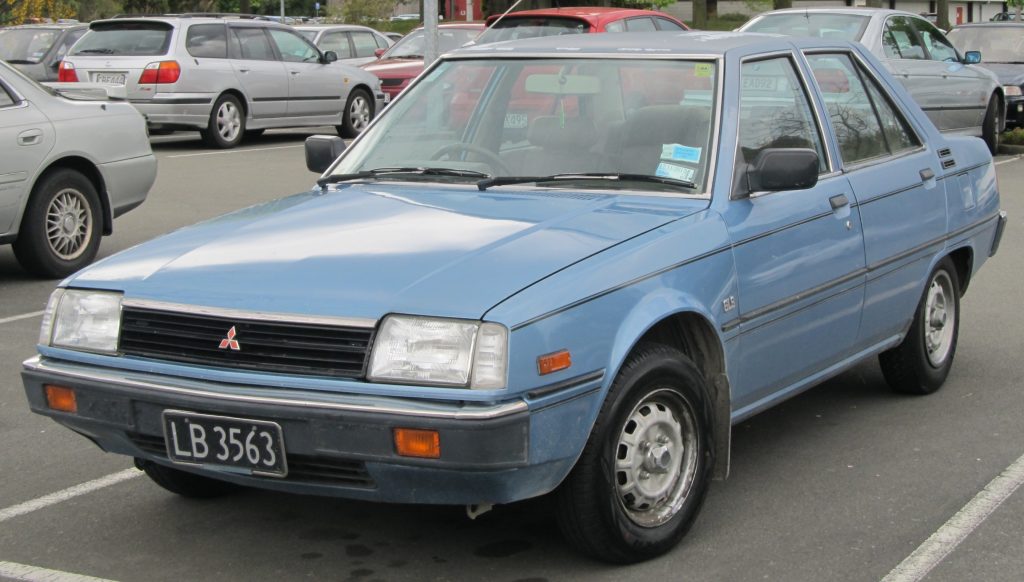
However, there were also vehicles which were scrapped which, had they not have been, would of surely gone on to become classics.
The Honda Integra R
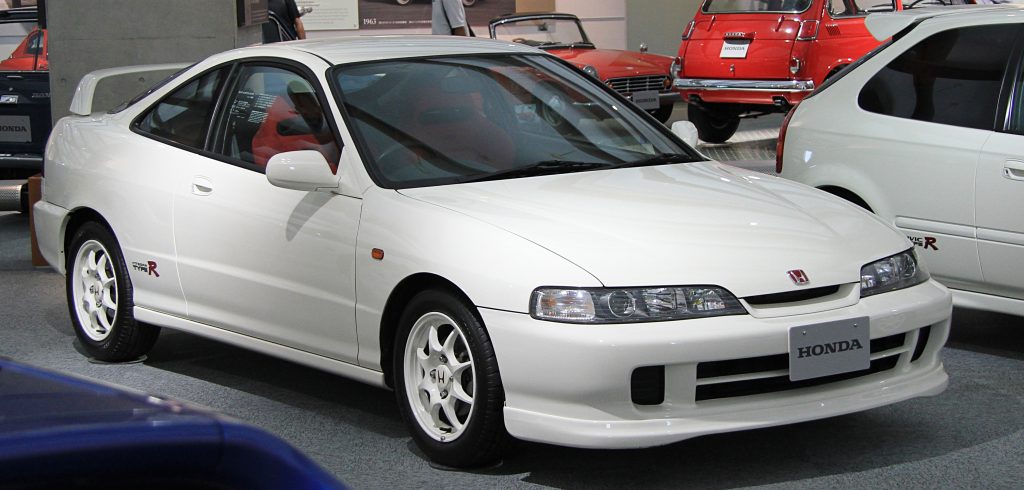
The Ford Capri 3000 Ghia
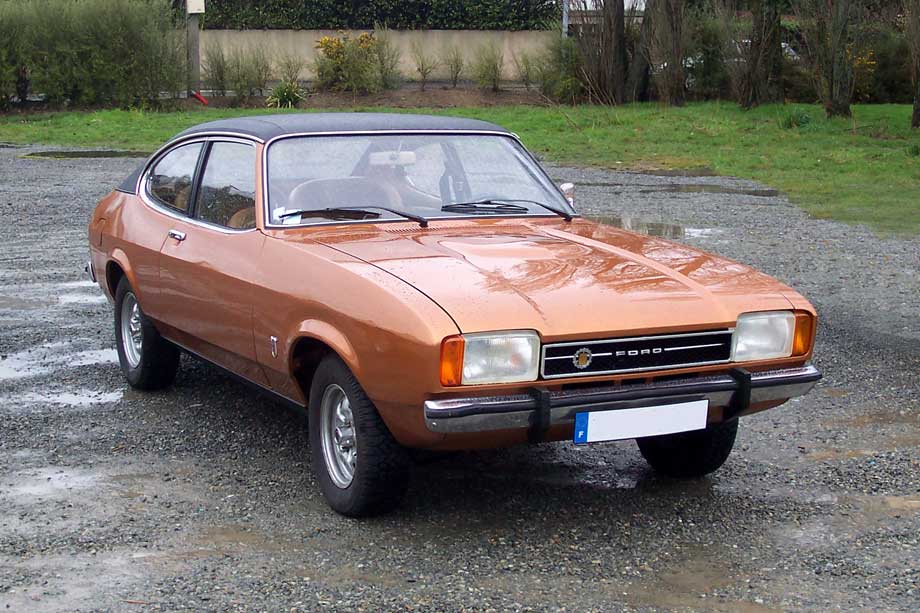
The Lancia Delta HF
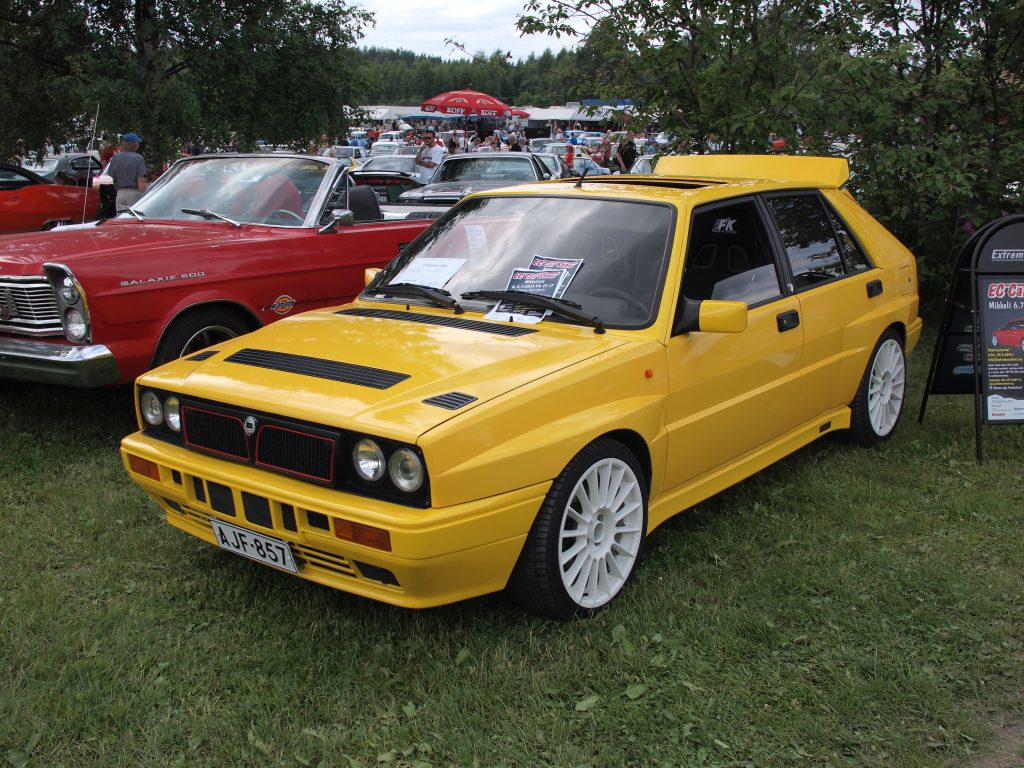
The Lancia Beta Spyder
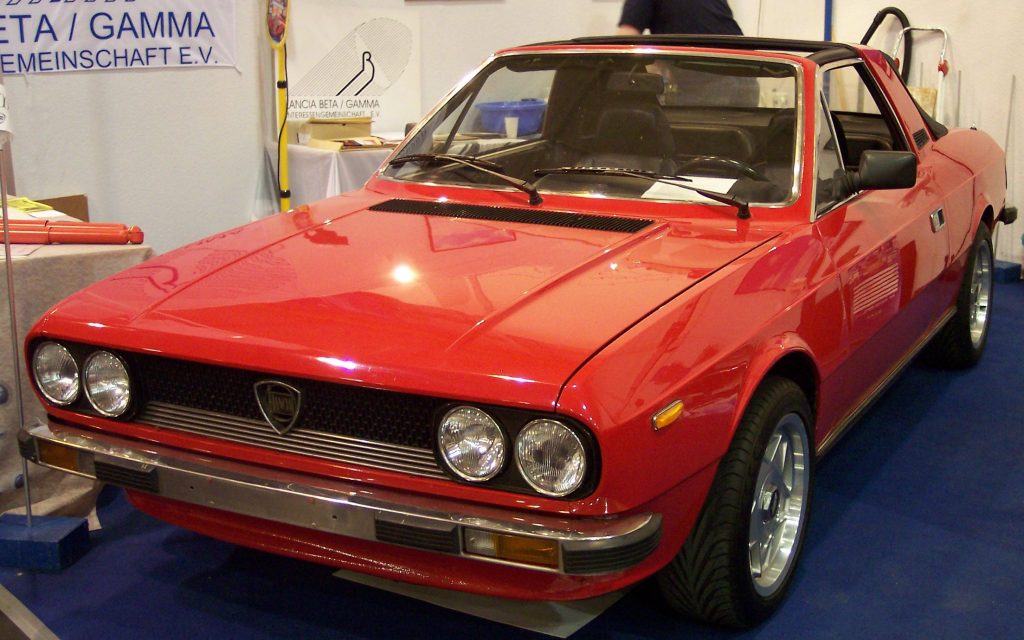
Mercedes 560 SEC
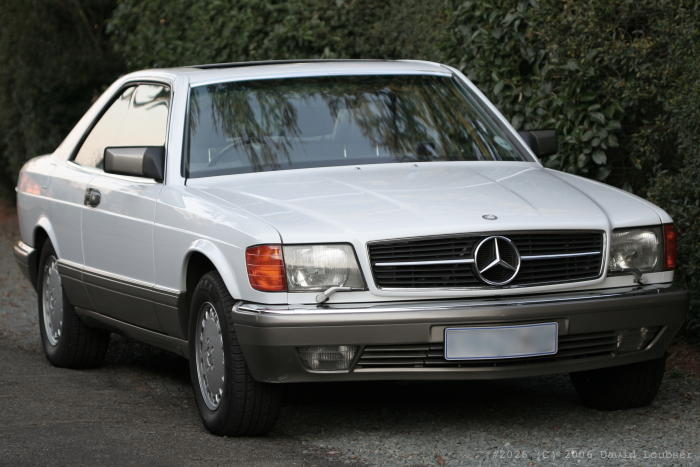
Fiat X1/9
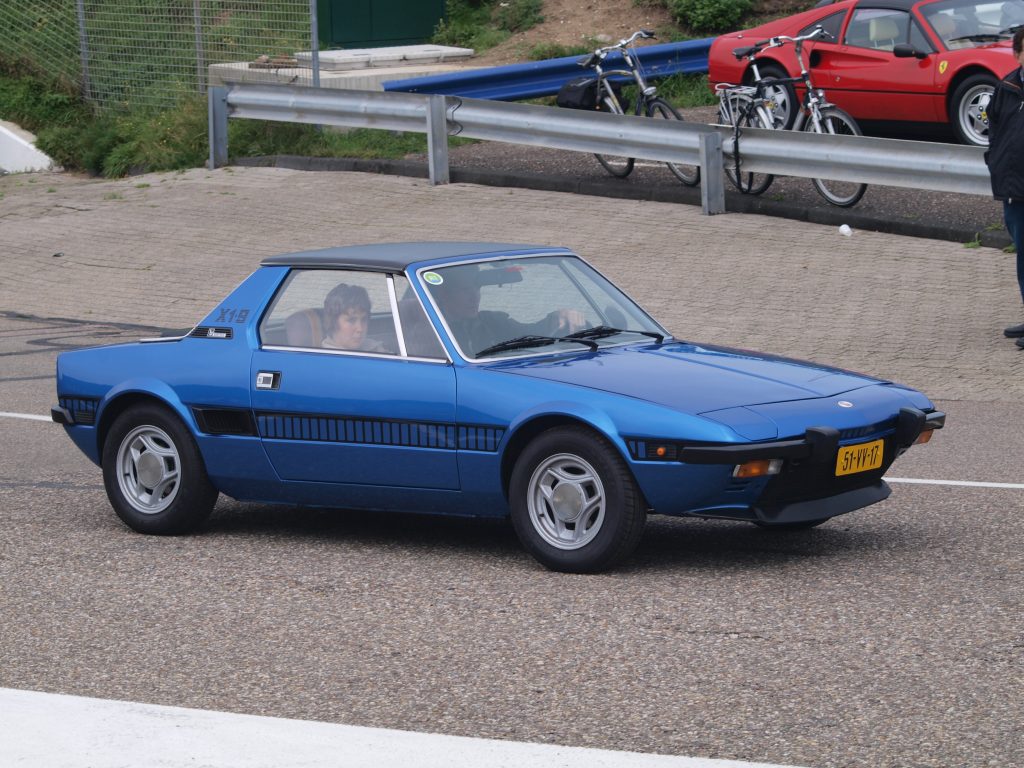
Of which there were eleven and all bit the dust.
It is vital to mention that the scrappage scheme which as implemented in 2009 was important in helping to pull the UK car industry out of the doldrums, especially after sales in November 2008 plummeted by 36 per cent compared to the previous November. The cars scrapped in the scheme accounted for around a fifth of all the cars that were sold during that 10-month period, which cost the government £400 million.
Unsurprisingly, the majority of those which scrapped their cars mainly went for budget cars, with the biggest winner being Hyundai, who managed to sell 47,000 cars thanks to the scheme – 26,000 of which were the Japanese company’s i10 city car.
Of the (almost) 400,000 motors that went to the breakers, many were Euro hatchbacks which included; Over 150 Minis, 14 Citroen 2CVs and one original Fiat 500. It is amazing to think that many of these cars were the trailblazers for small, lightweight cars for pottering about, so to see so many of them being recycled for scrap is a shame as not only could these older vehicles have been a valuable source for spare parts, but if all else fails they could have been upgraded too. For example; Fiat recently teamed up with the kitchen appliance manufacturer Smeg to transform some of the old cars into fridges.
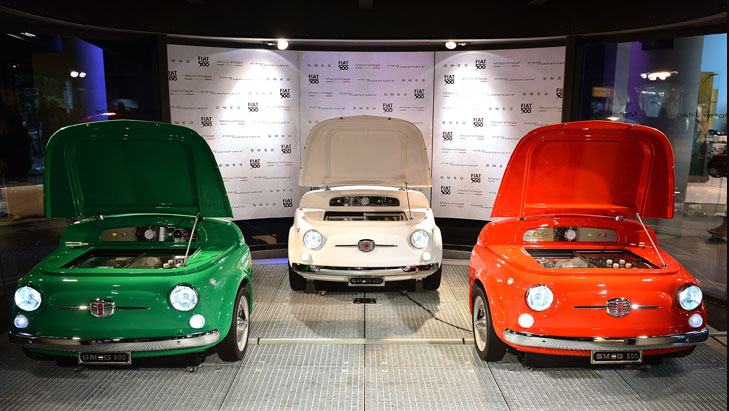
Scrappage schemes have often been described as environmentally friendly as they help to get older vehicles off the roads by recycling them and replacing them with the latest models. However, studies have found that they in fact have a relatively high cost per tonne of pollution avoided. The British scheme, which has cost the taxpayer £400m, made the assumption that the new car would be less polluting than the one it had replaced, but completely overlooked the environmental impact of scrapping old cars and manufacturing new ones. It is true that at the time the UK car industry was struggling, but whilst the scrappage scheme boosted sales, it also destroyed many cars that had plenty of life left in them. Which, from an environmental perspective, is essentially akin to pouring money down the drain.
You can even question the economic arguments put forward by the government after a study by a German economics institute criticised the scrappage schemes for how they distort competition, create the requirement for further state intervention and encourage compensatory measures in other areas of the economy. Research by the Halle Institute for Economic Research revealed findings of a previous German scrappage scheme, which said “Behind these payments stands nothing more than the subsidising of an individual branch of the economy, with all the negative distorting effect that such favourable treatment brings”. Whether it was a good or bad thing from an environmental point of view, we keep going back to the fact that many a wonderful car was scrapped when it needn’t have been and the list is there to prove it.


